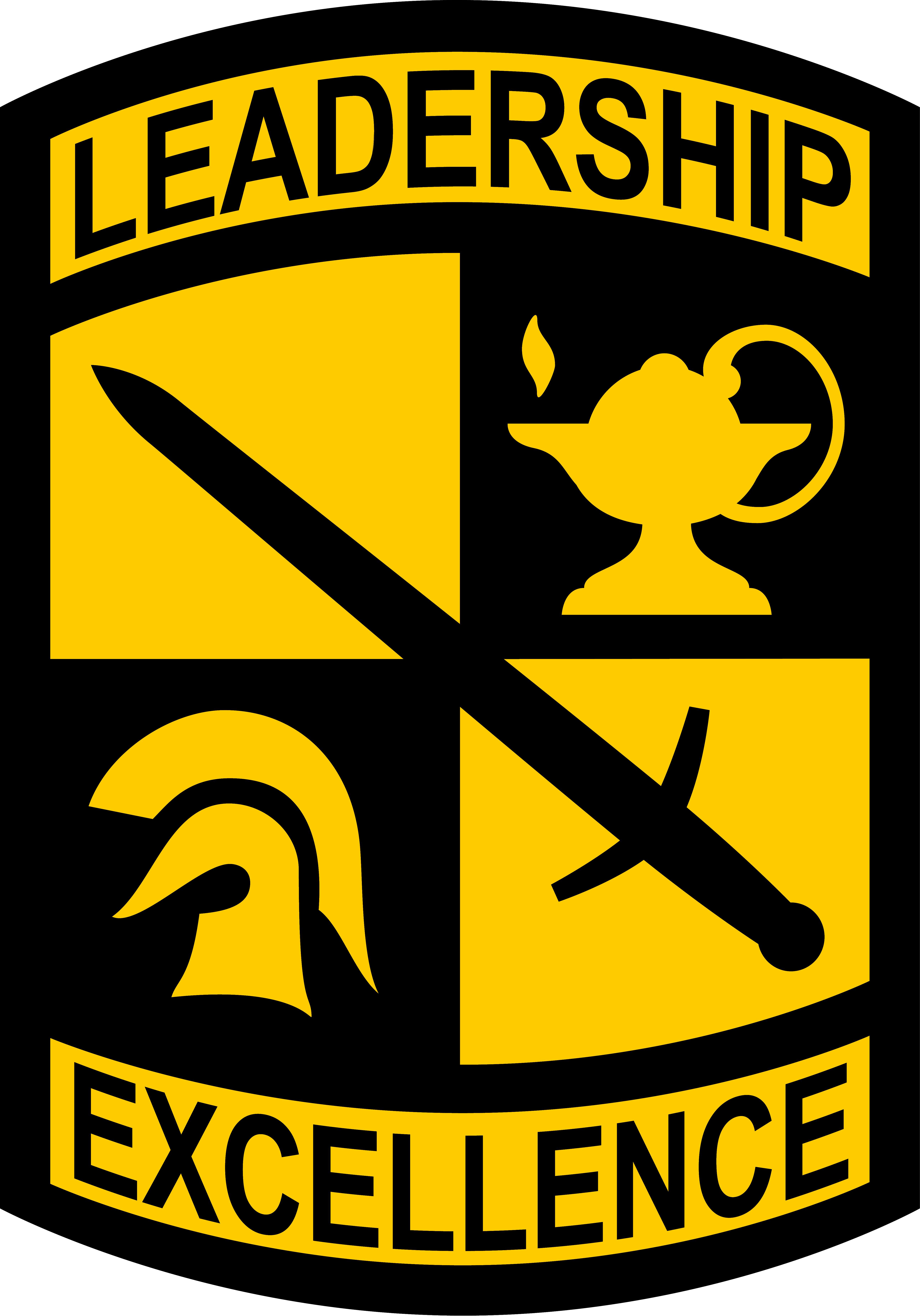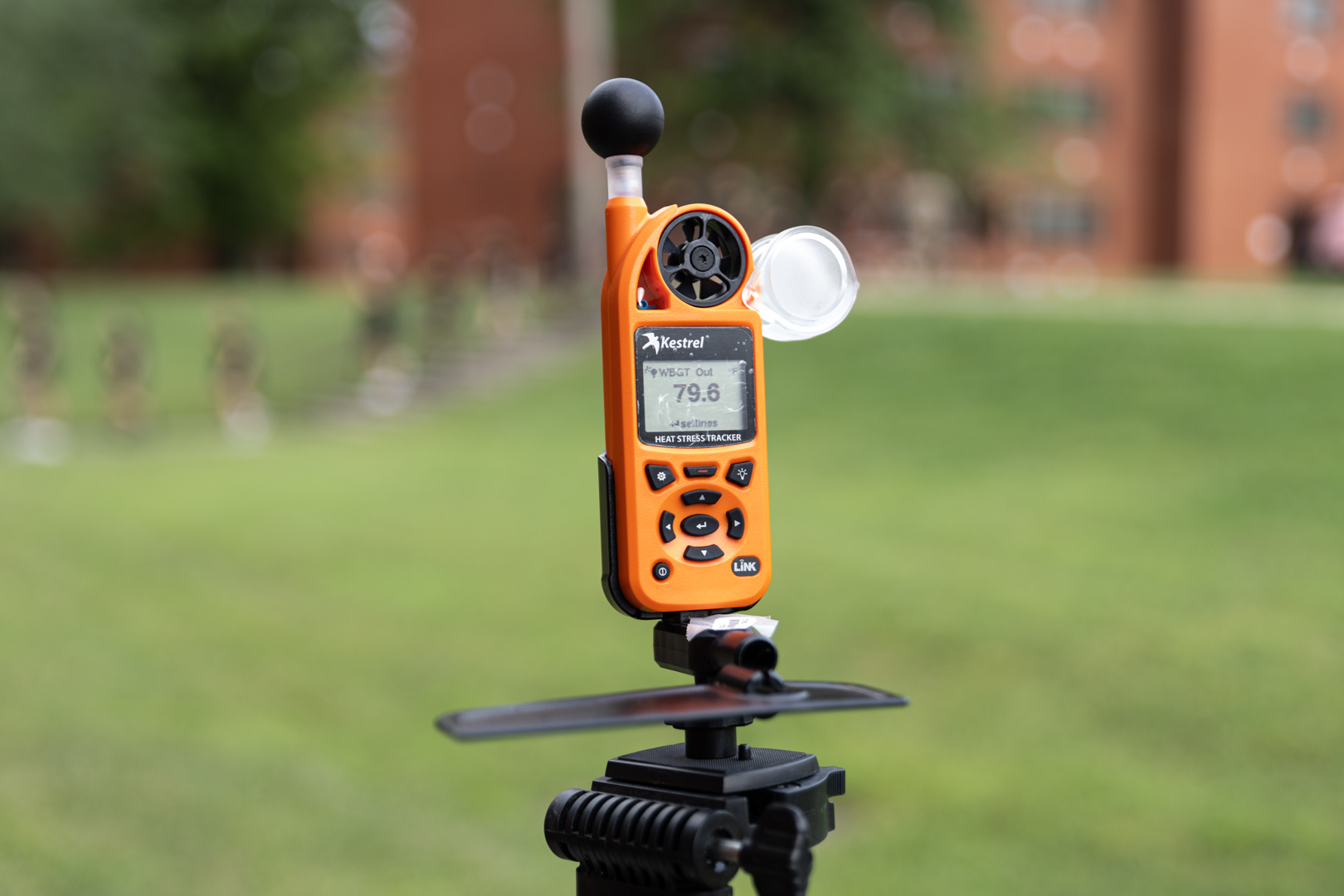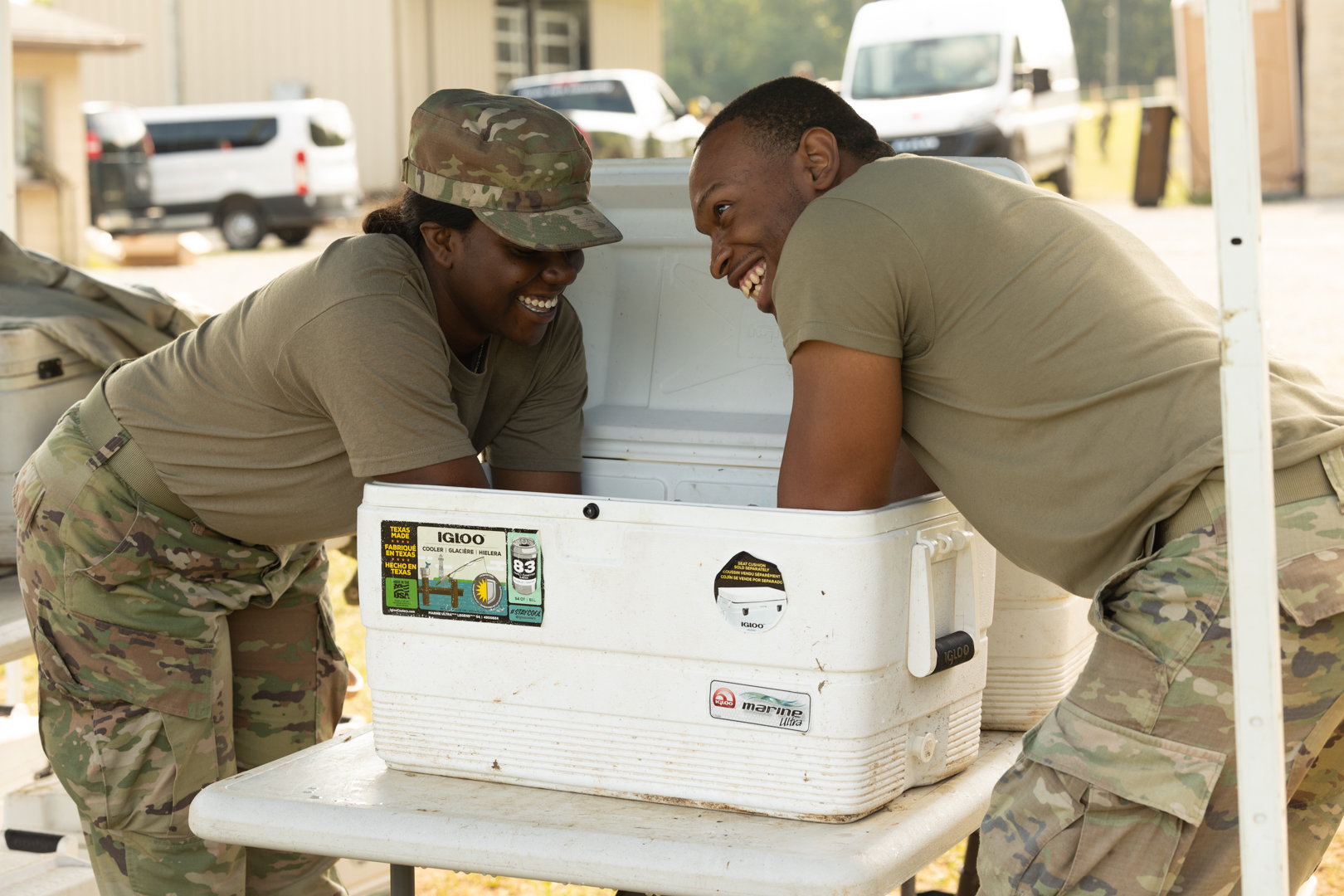FORT KNOX, Ky. – Cadet Summer Training prides itself on shaping the next generation of Army leaders through a multitude of training exercises and hands-on experience. It is imperative that safety measures are in place and monitored throughout the entire summer, as well as during the rest of the year in preparation for the following CST.
Each training structure and range is inspected before Cadets are on the installation. Brig. Gen. Stephen King, Deputy Commanding General for the United States Army Cadet Command, breaks down the process.
“Part of my job is to certify every single training event,” King said. “I take a team with me, to include our safety cadre that are professionally trained and certified, as well as many of my staff, to give me a different perspective on that training event, to look at different mitigation factors and risk factors that might be involved.”
Everything at CST goes under inspection, however, there are certain areas and structures that have higher risk factors. The Rappel Tower is 64-Feet tall and Cadets are trained and monitored by certified rappel masters. Two Safety Validation checks are also conducted on the tower throughout the summer. Other areas of high risk include the Night Infiltration Course as well as all ranges that shoot live fire. These areas have multiple safeties at all times to ensure there are no incidents.
Outside of the ranges and exercises themselves, heat mitigation is another major aspect of CST safety. Cadet Summer Training runs through the months of June to August and the temperature can reach high levels. A tool that has been put in place to help mitigate heat injuries is the wet bulb. This device is at each range and tells what the exact temperature is. No range has the same temperature so the wet bulb is able to track each area. Several mitigation methods are at each range. These include water sources, or water buffalos at every training as well as water immersions. Water immersions are coolers filled with water and ice with a cap full of bleach. Cadets then submerge their arms for a short period of time and then raise them over their head, this cools down the body’s core temperature.
“If you come to CST, hydrate,” said Chuck Underwood, Deputy Safety Director, CST Safety Office. “Make sure you’re ready to go when you get here because you’re not going to have adequate enough time to be acclimatized once you get here, but just prepare yourself and you will make it through without a problem.”
The CST Safety Office works year round to ensure that camp runs as smoothly as possible. Their work begins in September, not long after the last regiment has graduated. Approximately 127 facilities are inspected as well as any sort of equipment that will be used for the next CST.
While camp is occurring, one of the office’s jobs is to monitor the list of Cadets that have gone to sick call and seen the medics. They look for keywords such as heat and injury and then personnel are sent to the location of the incident and an investigation is started.
CST Safety has a plan of action for any type of scenario. Medics are on site and if more intensive care is required then there are methods for that as well. MEDEVAC is available 24/7, an emergency transport team that can airlift to local hospitals. Outside civilians, contractors and medical facilities work directly with CST Safety to provide personnel and equipment.
King stresses the importance of safety and its crucialness to a successful camp.
“I’m really excited for the incident response teams we have on site,” King said. “I am very pleased that we haven’t had to utilize them much this CST, which is great. It shows that we’re doing the right things at CST-24.”




